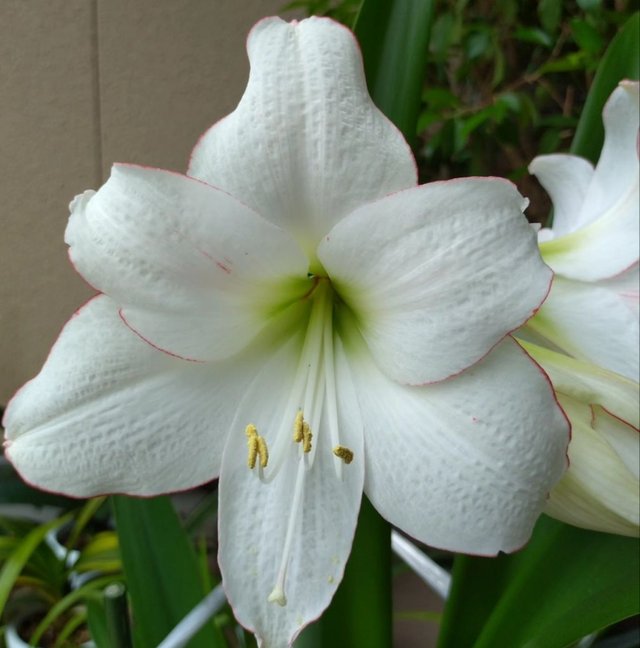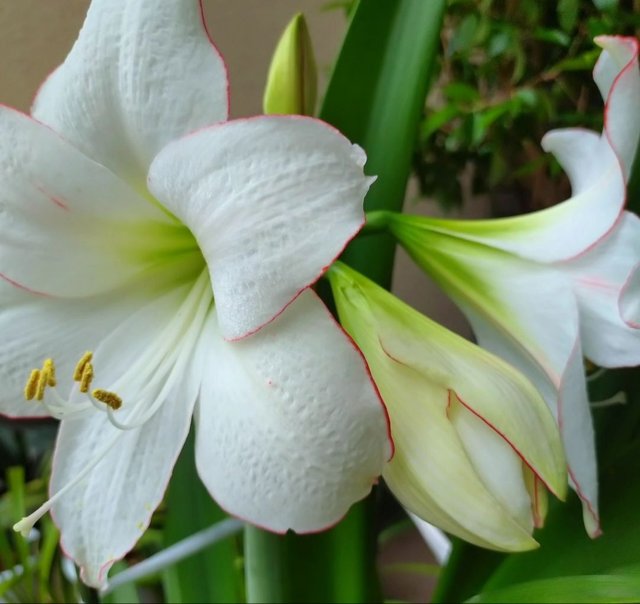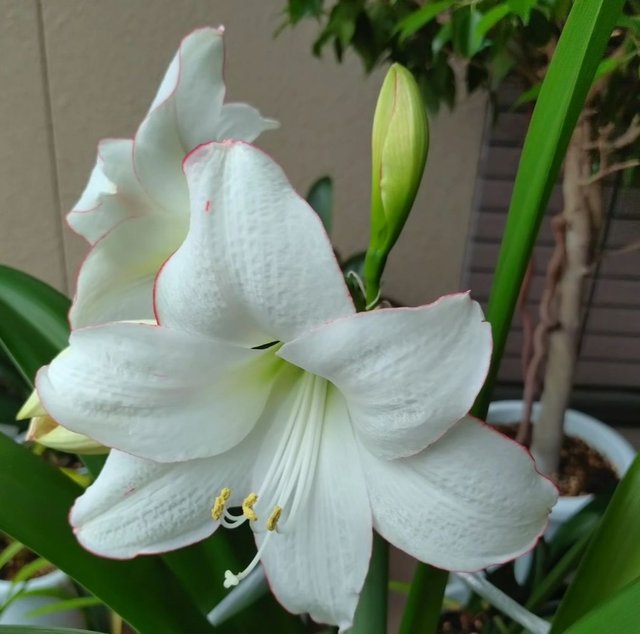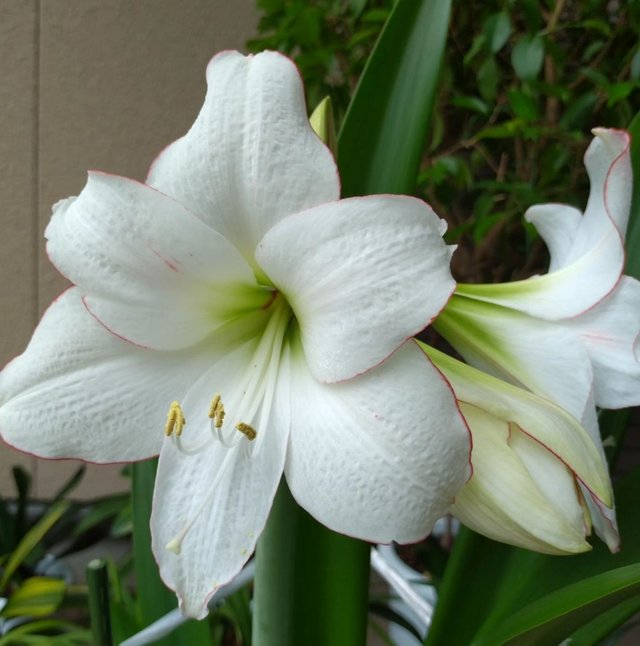Beautiful Colour Hippeastrum Flower
Understanding Hippeastrum: The Enchanting Amaryllis
Hippeastrum, commonly known as amaryllis, is a genus of about 90 species and over 600 hybrids and cultivars of bulbous plants. Native to tropical and subtropical regions of the Americas, particularly Central and South America, these vibrant, trumpet-shaped flowers have captured the hearts of gardeners and plant enthusiasts worldwide.
Botanical Characteristics
Structure and Growth
Hippeastrum plants are characterized by their large, bulbous bases from which emerge thick, hollow stalks, usually 30-60 cm (12-24 inches) tall. Each bulb typically produces two or more flowering stalks, each capable of bearing multiple blooms. The leaves are strap-shaped, usually appearing after the flowers have bloomed, and can grow up to 50 cm (20 inches) long.
Flowers
The star attraction of the Hippeastrum is its flowers. Each stalk can bear 2-15 large, funnel-shaped flowers that are often vividly colored. The petals are typically 13-20 cm (5-8 inches) long and come in a variety of colors, including red, pink, white, orange, and bi-colored varieties. The flowers are not only visually striking but also often fragrant, adding to their appeal.
Cultivation and Care
Planting
Hippeastrum bulbs should be planted in well-draining soil, with the top third of the bulb exposed above the soil surface. They thrive in a sunny location but can tolerate partial shade. The ideal planting time is in late fall or early winter, allowing the plant to bloom during the holiday season, which has made them popular holiday gifts.
Watering and Fertilization
After planting, water the bulbs thoroughly and then sparingly until the stalks emerge. Once growth begins, maintain even moisture, but avoid waterlogging the soil. Fertilize every two to three weeks with a balanced liquid fertilizer to support robust growth and flowering.
Flowering and Dormancy
Hippeastrum typically flowers 6-8 weeks after planting. Once the flowers fade, cut the flower stalks but leave the leaves to continue photosynthesis, which will help nourish the bulb for the next flowering cycle. After the growing season, reduce watering to encourage dormancy. Store the bulbs in a cool, dark place for 8-12 weeks before replanting.




